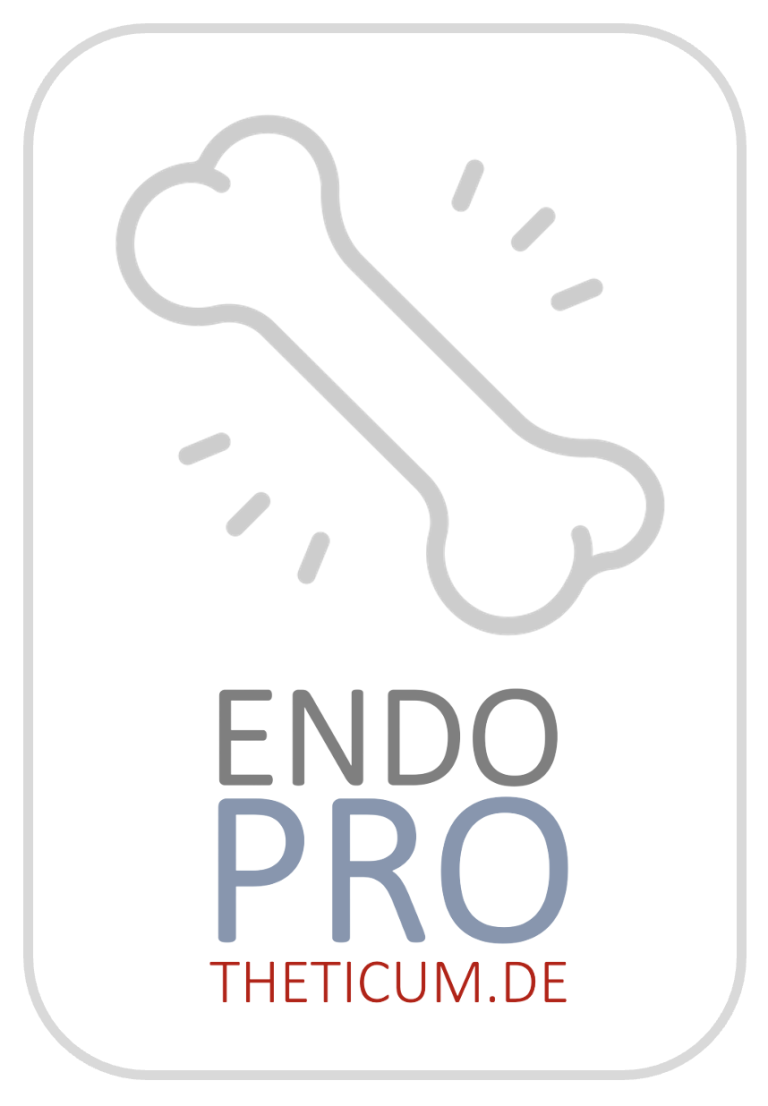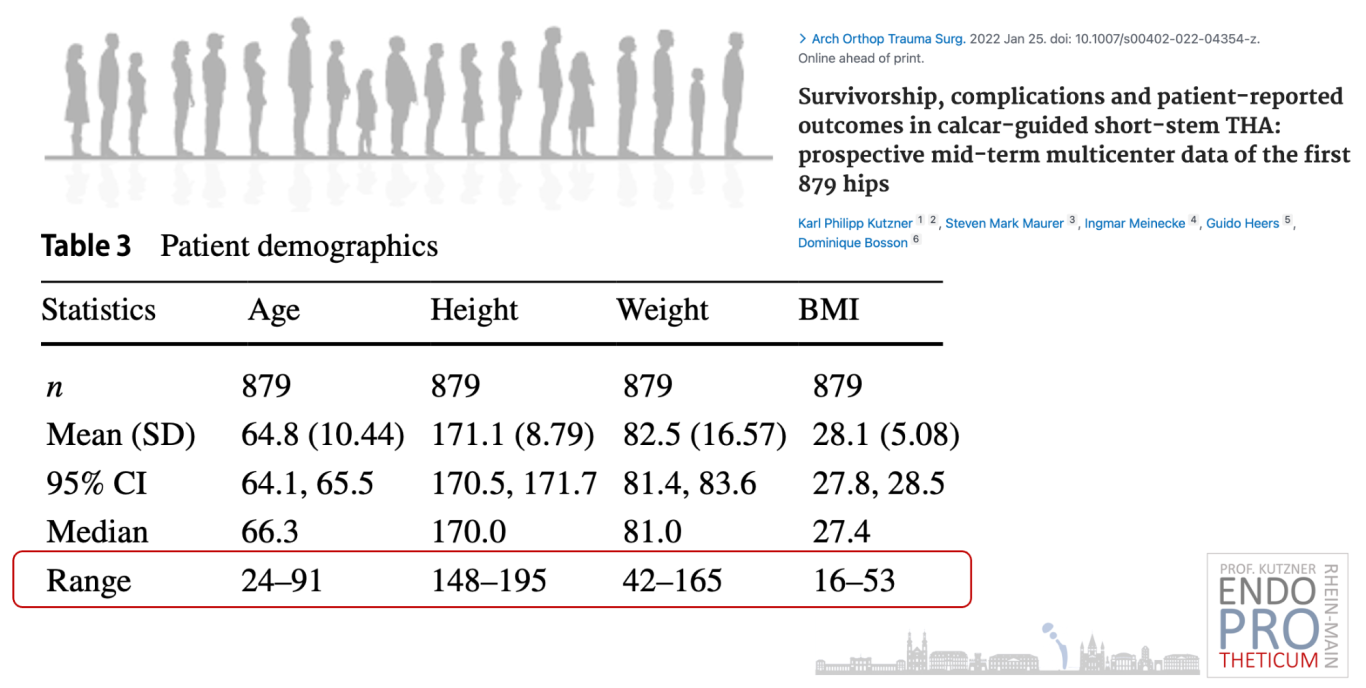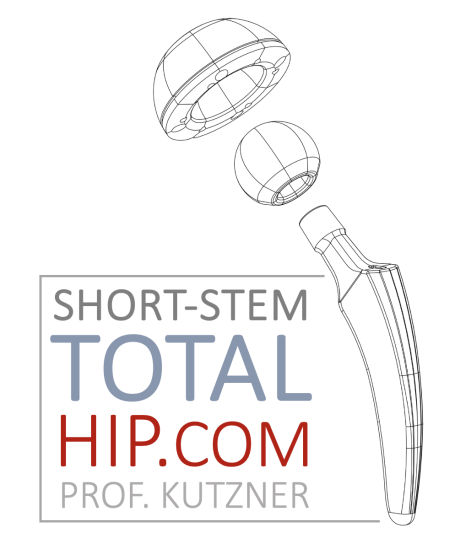Short-stem total hip arthroplasty:
patient selection criteria

The suitability of short-stem total hip arthroplasty (THA) often depends on careful patient selection, considering factors such as age, activity level, bone quality, and overall health. While traditional long-stem implants remain effective for many patients, short-stem THA has garnered particular attention for its potential benefits in specific demographic groups.
Younger and more active patients, in particular, stand to benefit from the bone-preserving nature of short-stem implants. As this patient population typically has a longer life expectancy and may engage in more demanding physical activities, the preservation of natural bone becomes a critical consideration. Short-stem implants offer the advantage of maintaining bone stock, providing a potential advantage for future revisions or adjustments that may be necessary over the patient's lifetime.
Considerations for patient selection in short-stem THA
Age, Bone Quality, and Anatomical Factors
Age plays a significant role in determining the appropriateness of short-stem THA. While traditional long-stem implants may be suitable for older patients, short-stem THA is often considered for younger individuals who may require joint replacements earlier in life. The preservation of bone stock and the potential for a longer implant lifespan align with the needs and expectations of this patient demographic.
Bone quality is another crucial factor influencing patient selection. Short-stem implants engage the metaphyseal region, relying on the cancellous bone for stability. Patients with good bone quality are generally better candidates for short-stem THA, as the implant can achieve secure fixation and promote osseointegration.
Anatomical factors, including the shape and orientation of the proximal femur, also guide patient selection. Certain short-stem designs, such as calcar-guided implants, may be more suitable for specific anatomical variations. Customization options and a thorough understanding of the patient's anatomy contribute to the success of short-stem THA in addressing individualized needs.
Shared Decision-Making in Patient Selection
Shared decision-making between the surgeon and the patient is fundamental in the selection of the most appropriate implant and surgical approach. Patients should be informed about the advantages, potential risks, and expected outcomes associated with short-stem THA. Understanding the patient's lifestyle, expectations, and willingness to engage in postoperative rehabilitation is crucial for aligning treatment goals.
Surgeons play a pivotal role in educating patients about the available options, including both traditional and short-stem implants. Open communication allows patients to actively participate in the decision-making process, ensuring that the chosen approach aligns with their preferences, values, and treatment objectives.
The criteria for patient selection are dynamic and may evolve as research continues to refine our understanding of short-stem THA outcomes.



Wir benötigen Ihre Zustimmung zum Laden der Übersetzungen
Wir nutzen einen Drittanbieter-Service, um den Inhalt der Website zu übersetzen, der möglicherweise Daten über Ihre Aktivitäten sammelt. Bitte überprüfen Sie die Details in der Datenschutzerklärung und akzeptieren Sie den Dienst, um die Übersetzungen zu sehen.

